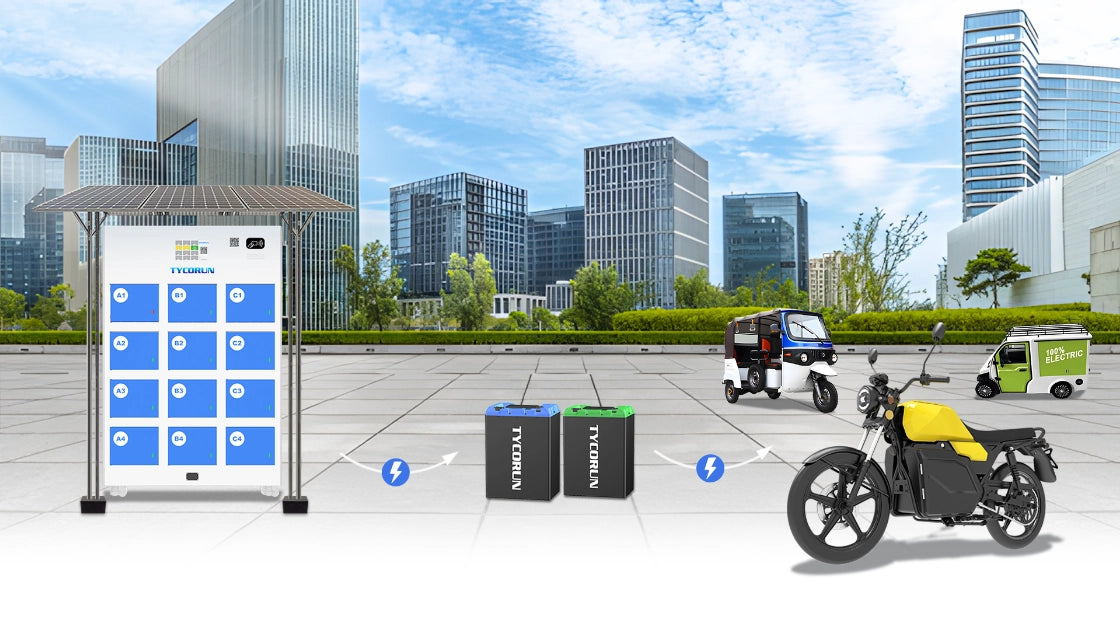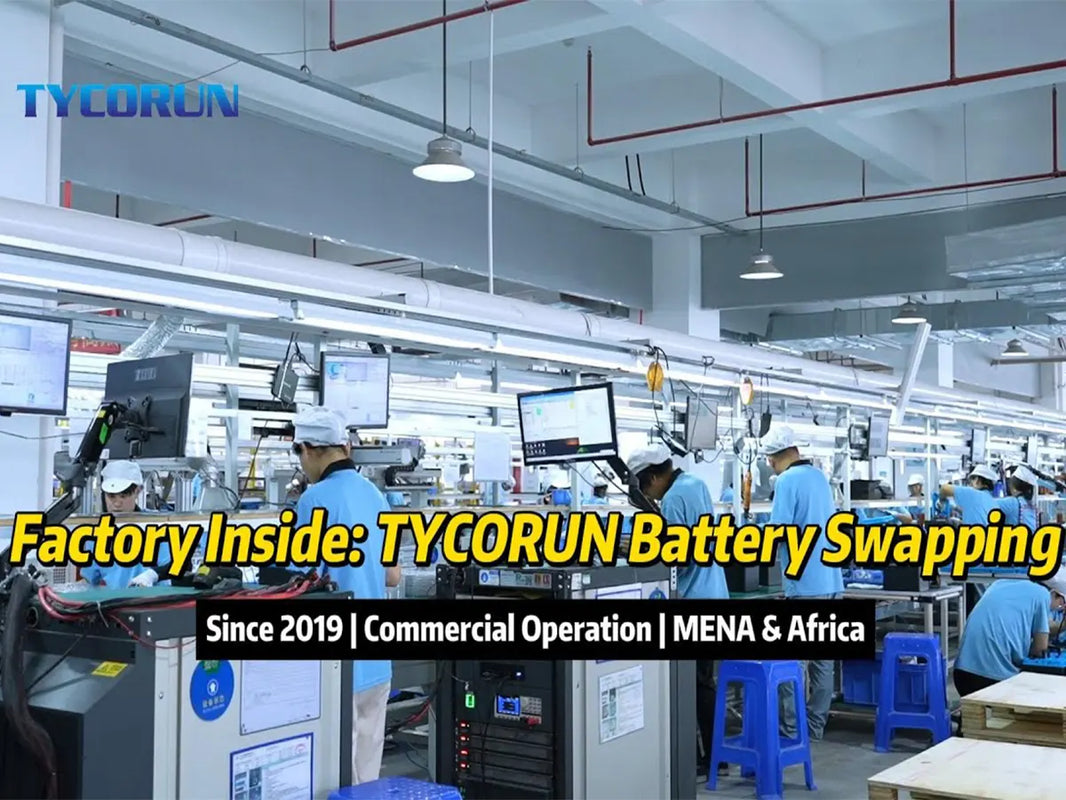With the rise of medium-drain portable devices, Type C batteries are increasingly favored for their balanced capacity, compact size, and stable performance. This guide summarizes the design, dimensions, voltage characteristics, and main advantages of type C batteries. It analyzes the pros and cons of different chemical types, explores common applications, compares with other battery sizes, and provides selection guidelines, brand recommendations, and storage and safety tips for informed usage.

Main content:
What Are Type C Batteries

Type C battery is a standard medium-sized cylindrical battery, commonly used in toys, radios, flashlights, and musical instruments, as well as other medium-power devices. In the battery hierarchy, it sits between AA batteries and D batteries, combining high capacity with a moderate size.
In consumer electronics, type C batteries are widely used in scenarios that require sustained power due to their stable voltage output and excellent energy density. They not only extend device runtime but also maintain high efficiency under medium current loads.
Design and Structure
C batteries feature a cylindrical metal casing, internally composed of a positive electrode, negative electrode(What Is the Role of the Electrode), electrolyte, and separator. The positive terminal is marked with a “+”, while the negative terminal is a flat metal base. This structural design ensures good contact and conductivity in a variety of devices.
Additionally, the battery casing is usually made of nickel-plated steel or corrosion-resistant materials, ensuring stable sealing performance even during long-term storage or in high-humidity environments. This allows type C batteries to provide both safety and reliability in practical use.
Dimensions and Standards
C batteries have a diameter of 26.2 mm and a length of 50 mm, placing them in the medium size category of standard cylindrical batteries.
Their volume is significantly larger than that of AA batteries but much smaller than D batteries, making them ideal for devices with limited design space that still require relatively high capacity.
This balanced size makes C type batteries a popular choice for many medium-power appliances, especially portable devices.
Voltage Range and Energy Characteristics
The voltage of C batteries varies slightly depending on the chemical system:
1.5V — used in alkaline or lithium systems.
1.2V — used in rechargeable nickel-metal hydride (NiMH batteries) systems.
In terms of energy performance, capacity typically reaches 8,000–9,000 mAh, ranking in the medium-to-high energy density range. Thanks to this, type C batteries can provide longer runtime for flashlights, wireless speakers, toys, and other devices, especially in continuous-output scenarios.
Main Advantages of Type C Batteries

Type C batteries offer clear advantages: high capacity, moderate size, strong compatibility, and support for multiple chemical systems. They meet the diverse needs of medium-power devices in terms of runtime, portability, and operating environment.
Higher Capacity
C batteries typically offer 2–3 times the capacity of AA batteries, providing longer usage under the same conditions. This is particularly important for devices that require extended runtime or continuous operation.
Moderate Size
Compared to the bulky D battery, Type C batteries are lighter while still meeting the energy demands of medium-power devices. This balance between performance and portability ensures optimal device operation.
Strong Compatibility
Many household and industrial devices are designed to support C batteries, making replacements or purchases convenient. Their standard size and wide adaptability make type C batteries one of the most practical power sources for medium-power devices.
Multiple Chemical Options
C batteries are available in various chemical systems, including alkaline, NiMH, lithium, and carbon-zinc. Different chemistries meet users’ needs for cost, runtime, environmental considerations, and temperature tolerance.
Different Types of C Batteries
Different types of type C batteries each have their own strengths and weaknesses: alkaline batteries are stable, NiMH rechargeable batteries are environmentally friendly, lithium batteries offer excellent performance, and zinc-carbon batteries are cost-effective. Users should choose the most suitable option based on device requirements and usage scenarios.
Alkaline C Battery
Alkaline C batteries are the most common C type batteries, known for their high energy density and stable voltage. They are affordable and intended for single-use applications, typically providing long runtime in toys, radios, flashlights, and other household devices. The main drawback is that they cannot be recharged, and frequent long-term use increases replacement costs.
NiMH Rechargeable C Battery
This type of C battery supports hundreds of charge cycles, is environmentally friendly, and offers stable discharge performance. It is ideal for high-power or frequently used devices. Compared with alkaline batteries, it reduces waste and lowers long-term usage costs. While it has a slightly higher self-discharge rate and requires periodic charging when idle, its overall cost-performance ratio and eco-friendliness are excellent.
Lithium C Battery
Lithium C batteries are among the highest-performing type C batteries, featuring higher voltage (3.6V), lighter weight, and longer lifespan. They provide stable power output even under extreme temperatures, making them suitable for medical equipment, professional lighting, and field instruments. However, they are more expensive, and some devices are incompatible with higher voltage versions. They excel in high-end and industrial applications.
Zinc Carbon C Battery
Zinc-carbon C batteries are the most economical option, suitable for low-power, intermittent-use devices such as wall clocks or remote controls. Their advantages include low cost and easy availability, but their capacity is limited, and they are prone to leakage, making them unsuitable for high-drain devices. For infrequently used electronics, zinc-carbon batteries remain a simple and reliable solution.
Typical Applications of Type C Batteries

Due to their large capacity, moderate size, and stable performance, type C batteries are widely used in toys, flashlights, portable speakers, medical devices, and emergency lights, meeting the long-term power requirements of medium-drain devices.
Toys
Many electric toys, remote-controlled cars, and interactive toys rely on type C batteries as their main power source. They provide stable and continuous current output, allowing motors, lights, and sound modules to operate for extended periods. Compared with AA batteries, C batteries offer higher capacity, significantly extending usage time, reducing the need for frequent replacement, and enhancing the user experience.
Flashlights
Flashlights require stable voltage and long-lasting discharge, and C type batteries meet these needs. They maintain brightness over extended use, making them ideal for outdoor activities, emergency lighting, and everyday household use. Compared with D batteries, C batteries are smaller and lighter, balancing portability and runtime, making them perfect for medium-power lighting devices.
Portable Speakers
Portable speakers demand high and consistent battery output. Using type C batteries ensures stable playback, clear sound quality, and longer music runtime. Their medium size high capacity batteries of medium size make them ideal for home entertainment or outdoor gatherings that require extended use.
Medical Instruments
Some portable medical devices, such as blood pressure monitors, nebulizers, and heart rate monitors, also use C batteries. Because type C batteries provide stable voltage output across varying environments, they ensure that medical devices operate accurately and reliably when needed. For medical applications requiring high stability and safety, C batteries deliver ideal power support.
Emergency Lights
Emergency lights and backup lighting are often used during power outages, in outdoor environments, or in urgent situations, requiring batteries with long discharge time and high reliability. C batteries, with their larger capacity and excellent durability, provide continuous lighting support in these scenarios. Whether for household emergency lighting or outdoor camping lamps, type C batteries ensure long-lasting and stable illumination.
Type C Battery vs Other Battery Sizes
| Type | Voltage | Size (mm) | Capacity | Common Use |
|---|---|---|---|---|
| AA | 1.5V | 14.5 × 50.5 | 2000mAh | Remotes, clocks |
| C | 1.5V | 26.2 × 50 | 4000–8000mAh | Toys, flashlights |
| D | 1.5V | 34.2 × 61.5 | 12000mAh | Lanterns, radios |
| 18650 | 3.7V | 18 × 65 | 2600–3500mAh | Flashlights, power banks |
How to Choose the Right Type C Battery

Selecting a type C battery requires considering device voltage and power consumption characteristics, usage frequency, environmental conditions, and economic and environmental factors, to ensure stable performance, long lifespan, and safe operation.
Device Requirements
When choosing a C type battery, first confirm the device’s voltage, current requirements, and power consumption characteristics. Different types of C batteries vary in output voltage, discharge stability, and capacity. For medium-drain devices, alkaline batteries usually meet daily needs; for high-power or long-duration devices, NiMH or lithium batteries are recommended to ensure continuous power supply.
Usage Frequency
Usage frequency is an important reference for battery selection. For frequently used devices, NiMH or lithium C batteries are more cost-effective and environmentally friendly, as they can be recharged multiple times, reducing replacement frequency. For occasional-use or backup devices, alkaline C batteries offer good cost-performance, do not require charging, and are convenient for long-term storage.
Usage Environment
C batteries perform differently under various temperature conditions. Alkaline and NiMH batteries are suitable for normal ambient temperatures, whereas lithium C batteries maintain stable performance even in high or low temperatures, making them ideal for outdoor adventures, emergency devices, or special work environments. Choosing the battery type according to the usage environment helps prevent power degradation or device malfunction.
Environmental and Economic Considerations
Rechargeable use and long-term cost are also important considerations when selecting a type C battery. While NiMH and lithium batteries require higher initial investment, multiple recharge cycles lower the total cost and reduce environmental impact. Single-use alkaline batteries are suitable for low-frequency use, but frequent replacement increases expenses and generates more waste.
Brand Recommendations
Choosing well-known brands ensures stable performance and quality assurance. Recommended brands include:
Energizer: High discharge performance, suitable for high-drain devices.
Duracell: Long shelf life, suitable for long-term storage or backup use.
Panasonic Eneloop: High-quality rechargeable C batteries with long cycle life, environmentally friendly and energy-saving.
Type C Batteries Storage and Safety Tips

Proper storage and safe usage of type C batteries can extend lifespan, ensure performance, and prevent leakage or accidents. Pay attention to environmental conditions, avoid mixing batteries, follow correct charging/discharging procedures, and manage disposal responsibly.
Avoid High Temperature and Humidity
High temperature and humidity accelerate self-discharge, increase the risk of electrolyte leakage, and degrade performance. C type batteries should be stored in a dry, ventilated environment with a suitable temperature (around 15–25℃), avoiding direct sunlight and proximity to heaters or other heat sources. For long-term storage, keep batteries in their original packaging to prevent contact with metal or moisture absorption.
Do Not Mix Old and New or Different Types
Using old and new batteries together, or mixing different chemistries (e.g., alkaline with NiMH), can cause voltage imbalance, accelerate aging, or even lead to leakage or device damage. When using type C batteries, try to unify brand, model, and usage cycle. Rechargeable batteries should not be mixed with disposable alkaline batteries.
Proper Charging and Discharging for Rechargeable Batteries
Although NiMH or lithium C batteries can be recharged, they must be used with dedicated chargers to avoid overcharge, over-discharge, or short circuits. Type C batteries should be charged according to manufacturer-recommended current and time. Remove batteries promptly after full charge for use or storage to prevent overheating, swelling, or capacity loss. Regular use or maintenance reduces self-discharge and extends cycle life.
Proper Disposal of Used Batteries
Used C batteries should never be discarded casually. Alkaline, lithium, and NiMH batteries contain metals and chemicals that can pollute soil or water. Collect and send used C type batteries to designated recycling points or certified recycling facilities. Some countries and regions have regulations on battery disposal; following these rules avoids legal risks.
Regular Checks During Storage
Even unused batteries should be checked regularly for corrosion, deformation, or leakage. Any abnormal batteries should be isolated immediately to prevent contamination of other batteries or devices. Long-term stored rechargeable C batteries can be maintained with a charge/discharge cycle every 3–6 months to keep charge at an optimal level and ensure they are ready for use.
Conclusion
Type C batteries offer balanced capacity, compact size, and multiple chemical options, making them ideal for medium-drain portable devices. By understanding their types, applications, and proper storage practices, users can select the most suitable battery, ensure stable and long-lasting device operation, extend battery lifespan, and achieve both economic and environmental benefits.
FAQs
Are all C type batteries the same?
No, C batteries differ by chemical composition—alkaline, NiMH, lithium, and zinc-carbon. Each type varies in voltage, capacity, discharge stability, rechargeability, and suitability for different devices, usage frequency, and environmental conditions.
What are type C batteries used for?
Type C batteries power medium-drain devices such as toys, flashlights, portable speakers, medical instruments, and emergency lights. Their balanced size and capacity ensure stable output and extended runtime in devices requiring moderate energy.
Can you use AA instead of C batteries?
AA batteries are smaller and have lower capacity than C batteries. While some adapters exist, replacing C batteries with AA can reduce runtime and performance. For optimal operation, always use the battery size recommended by the device manufacturer.
How long do type C batteries last?
Battery life depends on chemistry, usage, and device load. Alkaline C batteries last for moderate use until fully drained, NiMH and lithium batteries can handle hundreds of recharge cycles, while zinc-carbon batteries are suited for low-power, intermittent use.
What is the most common C battery?
Alkaline C batteries are the most widely used due to their stable voltage, battery high energy density, affordability, and suitability for single-use applications in toys, flashlights, and other household devices.
How to tell if C batteries are good?
Check for corrosion, leakage, and physical damage. Fully charged NiMH or lithium batteries should provide rated voltage. For all types, consistent device performance and expected runtime indicate good battery health.
















